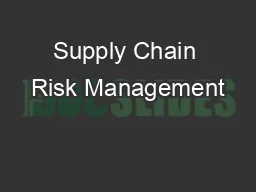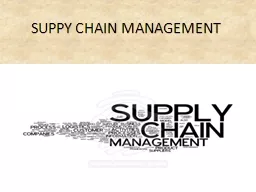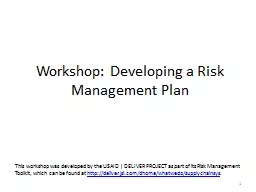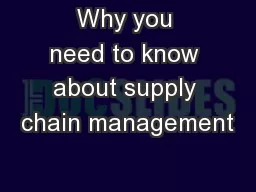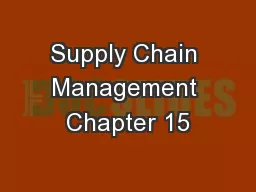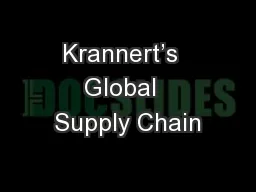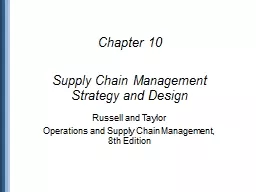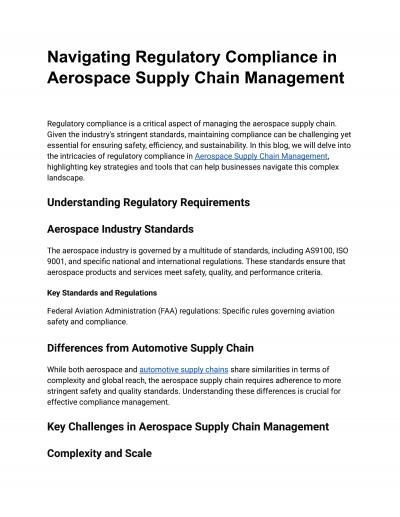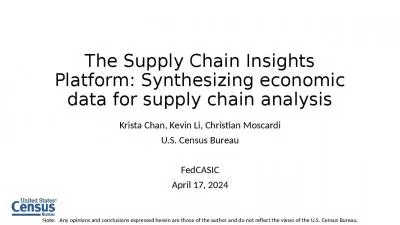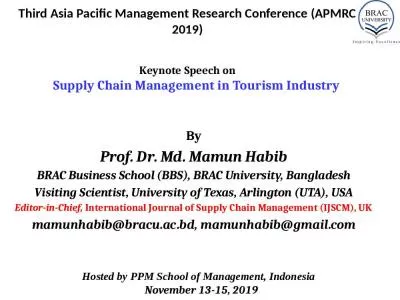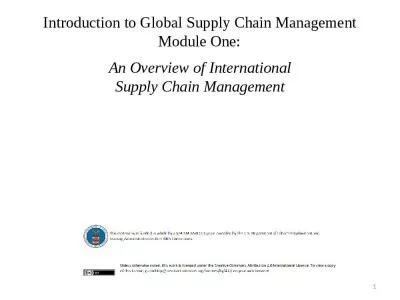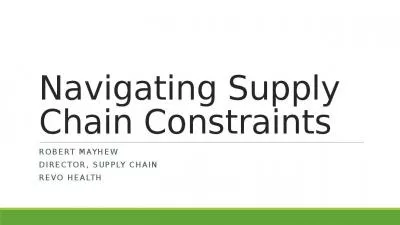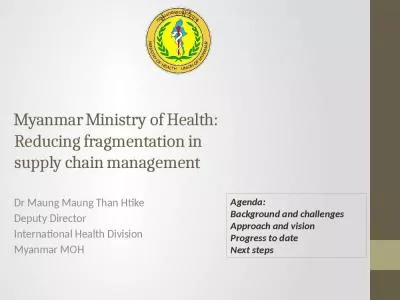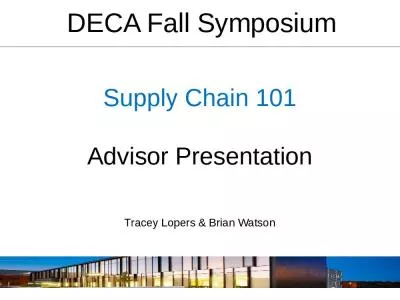PPT-Supply Chain Risk Management
Author : tatyana-admore | Published Date : 2016-11-21
Ken Lawlis Supply ChainProject Management Professional Agenda Introduction University of Bath Video Supply Chain Risk Management duration 438 Canadian Professional
Presentation Embed Code
Download Presentation
Download Presentation The PPT/PDF document "Supply Chain Risk Management" is the property of its rightful owner. Permission is granted to download and print the materials on this website for personal, non-commercial use only, and to display it on your personal computer provided you do not modify the materials and that you retain all copyright notices contained in the materials. By downloading content from our website, you accept the terms of this agreement.
Supply Chain Risk Management: Transcript
Download Rules Of Document
"Supply Chain Risk Management"The content belongs to its owner. You may download and print it for personal use, without modification, and keep all copyright notices. By downloading, you agree to these terms.
Related Documents

